Skin Irritant Plants: Poison Ivy, Poison Oak, and 7 Other Plants That Can Give You a Rash
What are the different types of plants that can cause skin irritation and rashes? Discover the facts about poison ivy, poison oak, stinging nettle, baby’s breath, and other plants that can trigger skin reactions.
Poison Ivy: A Widespread Culprit
Poison ivy is found across the United States. You can come into contact with it while hiking in the woods, but it grows virtually everywhere — along roadsides, on fences, in backyards. Poison ivy leaves grow in clusters of three on vines that can grow up into trees or trail along the ground. Every part of the plant contains the compound called urushiol, which causes poison ivy’s notorious rash — the vine, the roots, the leaves, the flowers, and the berries.
A poison ivy rash typically appears a few days after exposure, and can even take a week or two if this is your first time in contact with the plant. When it does, you’ll know it: You’ll see very red skin, swelling, and blisters, and you’ll feel a serious itch. A strong corticosteroid skin cream or ointment can help with the inflammation. Your doctor may prescribe other medication if the inflammation is severe, to either suppress your immune system or to help further reduce the reaction. Anti-itch topical creams may also help.

Poison Oak: Not Related to Oak Trees
Poison oak is a plant that is often confused with poison ivy, but it’s not actually related to oak trees. Poison oak leaves grow in clusters of three, similar to poison ivy, but they have a more rounded, oak-like shape. The plant can grow as a shrub or a climbing vine, and it’s found primarily in the western United States.
Like poison ivy, poison oak contains the irritating compound urushiol, which can cause a rash, blisters, and intense itching upon contact. The reaction to poison oak is often more severe than the reaction to poison ivy, and it can take longer to heal. Treatment for a poison oak rash is similar to that for poison ivy, including the use of corticosteroid creams and antihistamines.
Stinging Nettle: A Common Culprit
Stinging nettle is the best-known member of the nettle family. It grows throughout the United States as well as in Europe, Asia, and North Africa. The plant tends to grow in dense patches near streams, along hiking trails, in ditches, and around farmland, often where the earth has been disturbed.

The stems of stinging nettle are singular, with few branches, and can grow 6 to 8 feet tall. The stems may be green or purple and may or may not have stinging hairs. The petioles (stem parts of the leaf) and undersides of the leaves also have stinging hairs.
Coming into contact with stinging nettle causes a sharp, painful sting, followed by a burning sensation and sometimes itching. The irritation can linger for several hours and cause hives near the site of contact which can last up to 24 hours.
Baby’s Breath: Irritating When Dried
If you’ve ever gotten roses from a florist, chances are they were clustered with sprays of tiny white or pink flowers known as baby’s breath. You might also see baby’s breath in cultivated perennial gardens.
Baby’s breath generally isn’t an irritant while it’s still alive, but when it’s dried, it can irritate the eyes, nose, and sinuses, as well as the skin. It can additionally cause asthma in people who touch it frequently, such as floral industry employees.
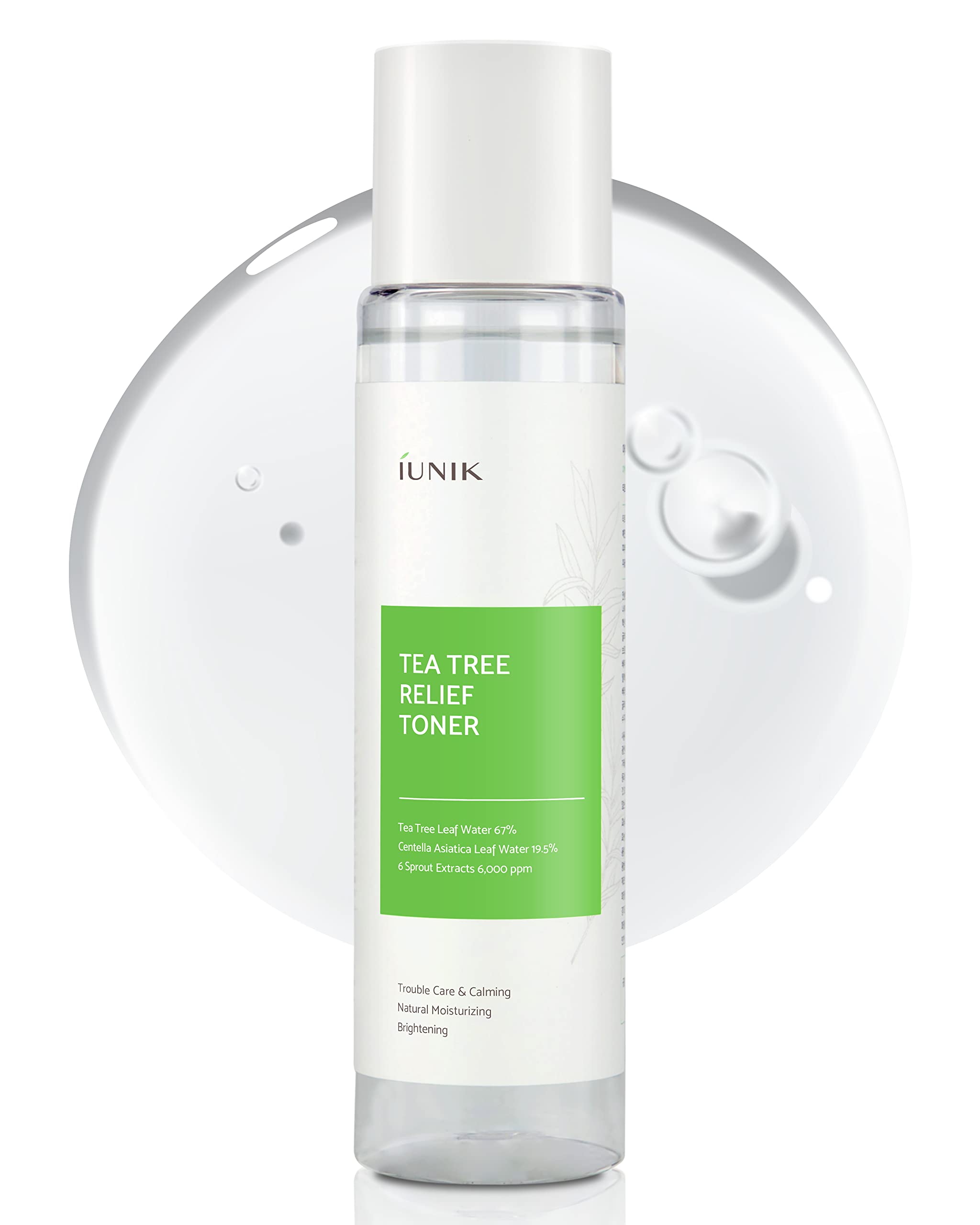
The skin irritation caused by baby’s breath is usually minor and temporary. People who have become sensitized to baby’s breath and are having asthma reactions ideally should stop handling it. Interestingly, double-flower varieties of baby’s breath tend to cause fewer reactions than single-flower varieties, so if you’re planting it in your garden or have a choice when ordering a bouquet, go for the double-flower option.
Giant Hogweed: A Dangerous Invasive
Giant hogweed is an invasive plant in Europe and North America and, according to the New York Department of Environmental Conservation, a “federally listed noxious weed” in the United States.
Contact with the sap of giant hogweed can cause serious skin and eye irritation, blistering, scarring, and even blindness if the sap gets in the eye. The skin rash may look like a second-degree burn and can leave you with long-lasting scars and sensitivity to sunlight.
Giant hogweed sap is phototoxic, which means it requires exposure to ultraviolet light to cause a reaction. If you touch giant hogweed — or think you might have — keep the exposed area away from sunlight for 48 hours, and wash it with soap and cold water as soon as possible. If you get sap in your eyes, rinse them with water and wear sunglasses. See a physician if you have a reaction.

Other Skin Irritant Plants
In addition to the plants mentioned above, there are several other species that can cause skin irritation and rashes. These include poison sumac, which is related to poison ivy and oak, as well as stinging nettle, wild parsnip, and cow parsnip.
It’s important to be aware of the plants in your local area and to take precautions when spending time outdoors, such as wearing long sleeves and pants, and avoiding contact with unknown plants. If you do come into contact with a skin irritant plant, it’s crucial to seek medical attention if the reaction is severe or does not improve with home treatment.
Preventing and Treating Skin Irritation
To prevent skin irritation from plants, it’s important to be able to identify the plants in your area and avoid contact with them. If you do come into contact with a skin irritant plant, wash the affected area with soap and water as soon as possible to remove the irritating compounds.
Over-the-counter corticosteroid creams and antihistamines can help reduce the inflammation and itching associated with skin irritation from plants. If the reaction is severe or does not improve with home treatment, it’s important to seek medical attention.
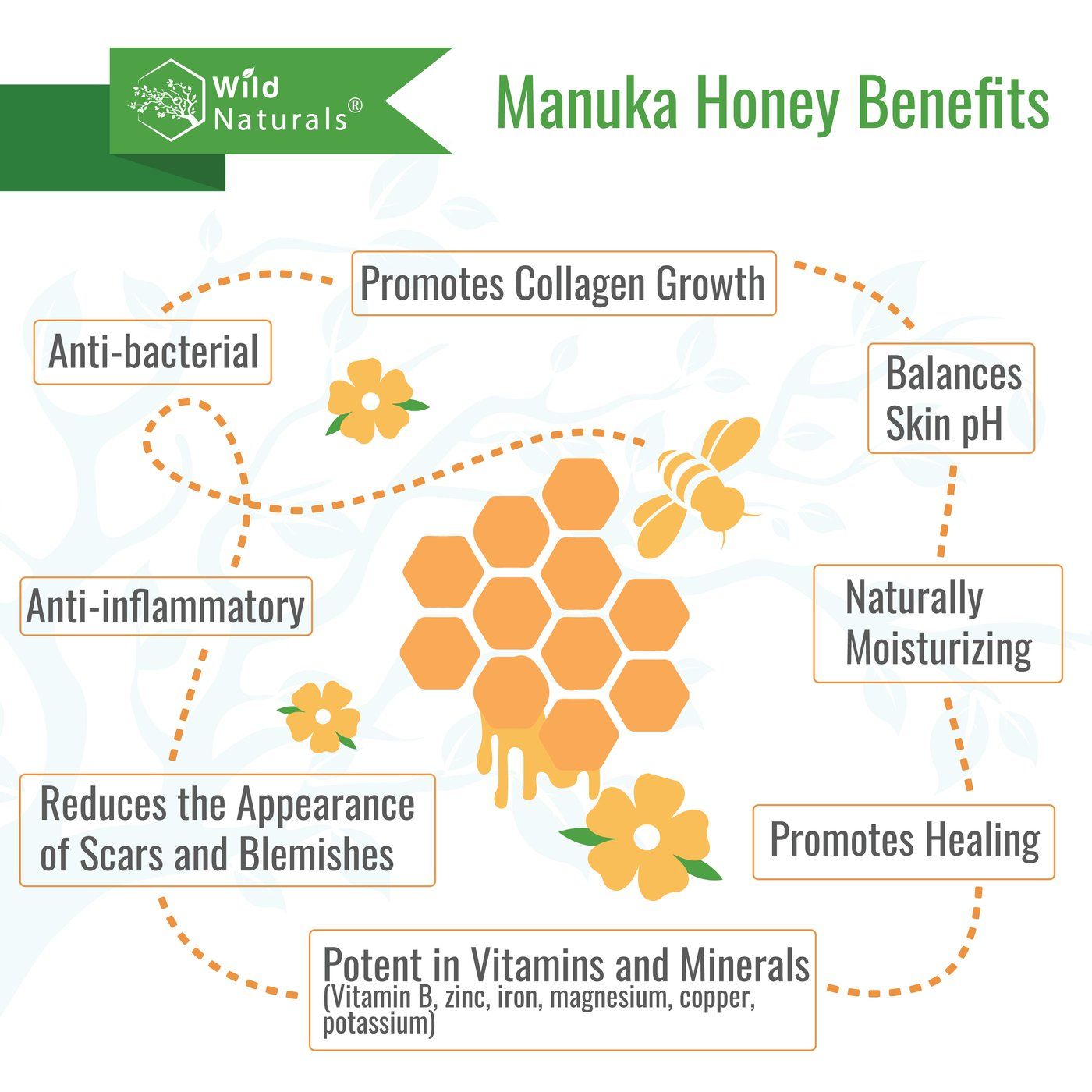
By being aware of the plants in your area and taking appropriate precautions, you can reduce your risk of experiencing a painful and uncomfortable skin rash or reaction. With the right treatment, most plant-related skin irritations can be managed effectively.
Poison Ivy, Poison Oak, and 7 Other Plants That Can Give You a Rash
Poison ivy is found across the United States. You can come into contact with it while hiking in the woods, but it grows virtually everywhere — along roadsides, on fences, in backyards. Poison ivy leaves grow in clusters of three on vines that can grow up into trees or trail along the ground. Every part of the plant contains the compound called urushiol, which causes poison ivy’s notorious rash — the vine, the roots, the leaves, the flowers, and the berries.
A poison ivy rash typically appears a few days after exposure, and can even take a week or two if this is your first time in contact with the plant. When it does, you’ll know it: You’ll see very red skin, swelling, and blisters, and you’ll feel a serious itch. A strong corticosteroid skin cream or ointment can help with the inflammation. Your doctor may prescribe other medication if the inflammation is severe, to either suppress your immune system or to help further reduce the reaction. Anti-itch topical creams may also help.
Anti-itch topical creams may also help.
RELATED: How to Treat Poison Ivy and Reduce Discomfort
2. Poison Oak: Not Related to Oak Trees
Stinging nettle is the best-known member of the nettle family. It grows throughout the United States as well as in Europe, Asia, and North Africa. The plant tends to grow in dense patches near streams, along hiking trails, in ditches, and around farmland, often where the earth has been disturbed.
The stems of stinging nettle are singular, with few branches, and can grow 6 to 8 feet tall. The stems may be green or purple and may or may not have stinging hairs. The petioles (stem parts of the leaf) and undersides of the leaves also have stinging hairs.
The leaves of stinging nettle are longer than they are wide, and dark green, 2 to 4 inches long, with a tapered tip. Clusters of whitish flowers grow at the base of each pair of leaves along the stem.
Coming into contact with stinging nettle causes a sharp, painful sting, followed by a burning sensation and sometimes itching.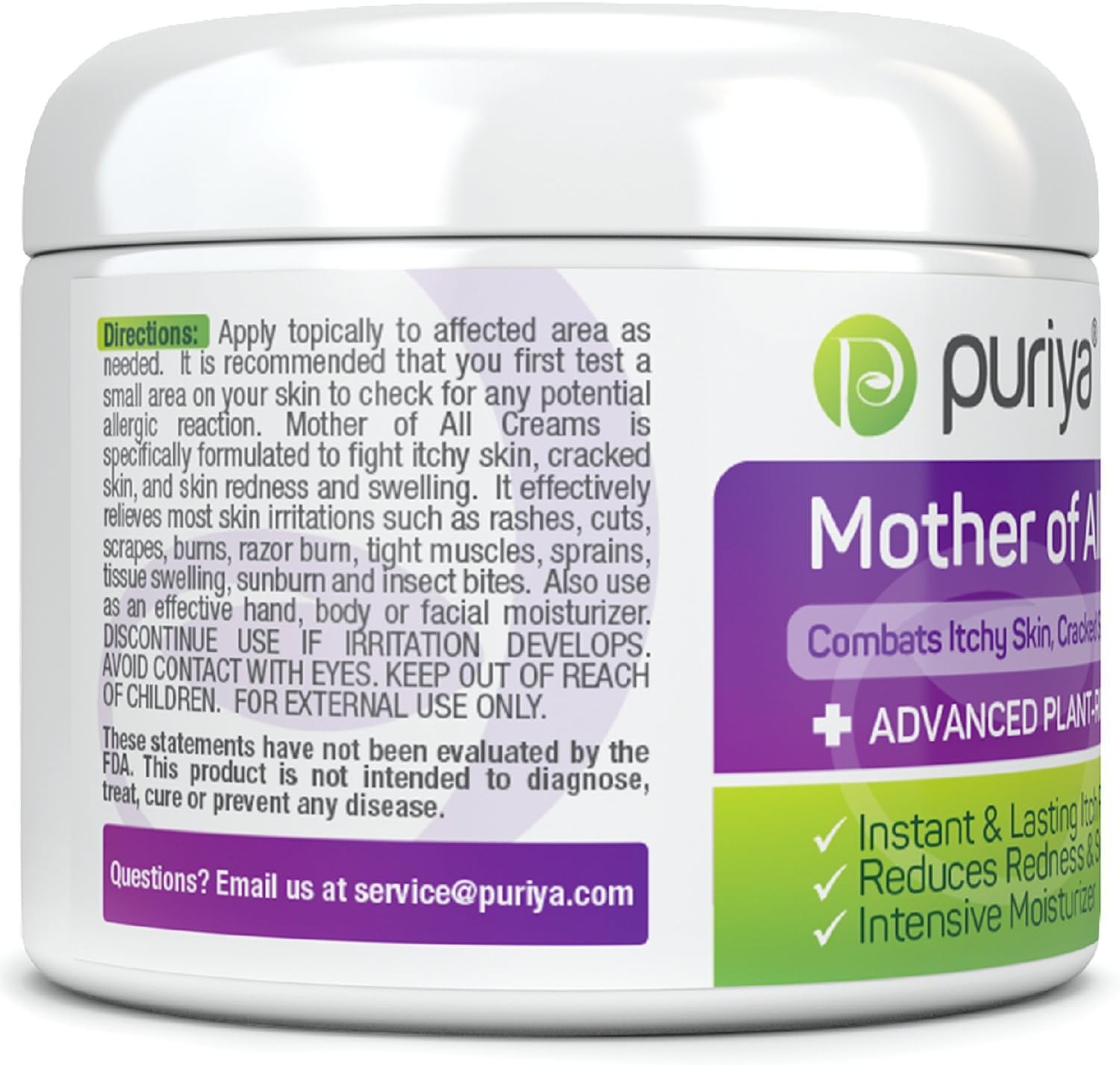 The irritation can linger for several hours and cause hives near the site of contact which can last up to 24 hours.
The irritation can linger for several hours and cause hives near the site of contact which can last up to 24 hours.
Stinging nettle is sometimes gathered for food or to make into tea. It has long been a folk remedy for joint pain, eczema, arthritis, gout, and anemia. Cooking deactivates the stinging properties of stinging nettle.
6. Baby’s Breath: Irritating When Dried
If you’ve ever gotten roses from a florist, chances are they were clustered with sprays of tiny white or pink flowers known as baby’s breath. You might also see baby’s breath in cultivated perennial gardens.
Baby’s breath generally isn’t an irritant while it’s still alive, but when it’s dried, it can irritate the eyes, nose, and sinuses, as well as the skin. It can additionally cause asthma in people who touch it frequently, such as floral industry employees.
The skin irritation caused by baby’s breath is usually minor and temporary.
People who have become sensitized to baby’s breath and are having asthma reactions ideally should stop handling it.
Interestingly, double-flower varieties of baby’s breath tend to cause fewer reactions than single-flower varieties, so if you’re planting it in your garden or have a choice when ordering a bouquet, go for the double-flower option.
7. Leadwort: Look but Don’t Touch
Giant hogweed is an invasive plant in Europe and North America and, according to the New York Department of Environmental Conservation, a “federally listed noxious weed” in the United States.
Contact with the sap of giant hogweed can cause serious skin and eye irritation, blistering, scarring, and even blindness if the sap gets in the eye. The skin rash may look like a second-degree burn and can leave you with long-lasting scars and sensitivity to sunlight.
Giant hogweed sap is phototoxic, which means it requires exposure to ultraviolet light to cause a reaction. If you touch giant hogweed — or think you might have — keep the exposed area away from sunlight for 48 hours, and wash it with soap and cold water as soon as possible. If you get sap in your eyes, rinse them with water and wear sunglasses. See a physician if you have a reaction.
If you get sap in your eyes, rinse them with water and wear sunglasses. See a physician if you have a reaction.
You can recognize giant hogweed in part by its size: It can grow to 14 feet high or higher and has hollow, rigid stems 2 to 4 inches in diameter. Its deeply lobed, compound leaves can grow up to 5 feet across, and its white, umbrella-shaped flower heads, can be up to 2.5 feet across. The stems of giant hogweed are green with purple splotches and coarse, white hairs.
How to Manage Stress if You Have Hidradenitis Suppurativa
Living with hidradenitis suppurativa, a chronic condition that causes painful lumps to form under the skin, can be stressful, which can trigger a flare…
By Julie Stewart
What Are the Different Types of Alopecia Areata?
There are 3 main types, but other forms exist. Here’s how they differ in terms of their signs and symptoms, plus their causes and treatment approaches. ..
..
By Kristeen Cherney, PhD
Can Vitiligo Be Cured?
As an autoimmune disease, vitiligo can’t be cured, but it can be managed. Learn about the many effective vitiligo treatments available.
By Elizabeth Yun
Why Is My Vitiligo Getting Worse?
New or larger vitiligo patches don’t necessarily mean the disease is progressing — it may simply be something is setting off a flare. Learn about the …
By Elizabeth Yun
What Is Poison Ivy? Symptoms, Causes, Diagnosis, Treatment, and Prevention
Coming into contact with poison ivy may seem inevitable when you spend time outdoors, but by taking quick action, you can minimize your exposure and the…
By Quinn Phillips
8 Tips for Getting Rid of Poison Ivy on Your Property
Eradicating poison ivy requires a careful approach, whether you have a backyard to clear or a larger area. Goats are an option for campuses and construction…
Goats are an option for campuses and construction…
By Christina Frank
How to Treat Poison Ivy and Reduce Discomfort
Over-the-counter products, cold compresses, and soothing baths are usually enough to treat poison ivy. But if you have a severe reaction, see a doctor…
By Quinn Phillips
What Does Poison Ivy Look Like?
Poison ivy causes millions of itchy rashes every year, yet many cannot identify this common plant. Learn what poison ivy looks like in spring, summer,…
By Ingrid Strauch
See All
Plants that can make you itch
Diseases & conditions
-
Coronavirus Resource Center
-
Acne
-
Eczema
-
Hair loss
-
Psoriasis
-
Rosacea
-
Skin cancer
-
A to Z diseases
-
A to Z videos
- DIY acne treatment
- How dermatologists treat
- Skin care: Acne-prone skin
- Causes
- Is it really acne?
- Types & treatments
- Childhood eczema
- Adult eczema
- Insider secrets
- Types of hair loss
- Treatment for hair loss
- Causes of hair loss
- Hair care matters
- Insider secrets
- What is psoriasis
- Diagnosis & treatment
- Skin, hair & nail care
- Triggers
- Insider secrets
- What is rosacea
- Treatment
- Skin care & triggers
- Insider secrets
- Types and treatment
- Find skin cancer
- Prevent skin cancer
- Raise awareness
- Español
Featured
Reduce summertime rosacea flare-ups
The sun, heat, and humidity can all trigger rosacea and lead to flare-ups.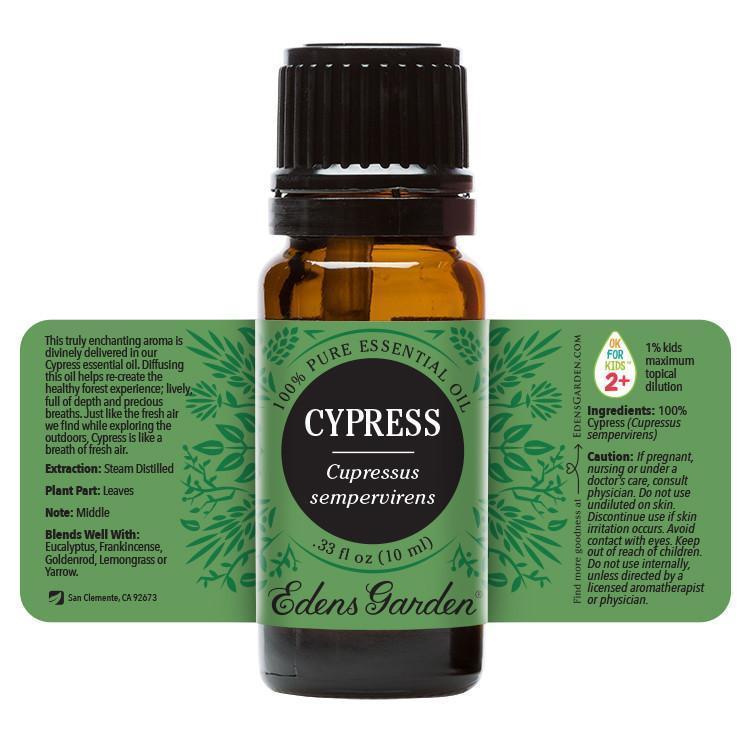 Find out how you can enjoy summer while reducing flare-ups.
Find out how you can enjoy summer while reducing flare-ups.
JAK inhibitors: A newer type of medication
JAK inhibitors are helping patients with alopecia areata, eczema/atopic dermatitis, psoriasis, and vitiligo. Here’s what you need to know.
Everyday care
-
Skin care basics
-
Skin care secrets
-
Injured skin
-
Itchy skin
-
Sun protection
-
Hair & scalp care
-
Nail care secrets
- Basic skin care
- Dry, oily skin
- Hair removal
- Tattoos and piercings
- Anti-aging skin care
- For your face
- For your skin routine
- Preventing skin problems
- Bites & stings
- Burns, cuts, & other wounds
- Itch relief
- Poison ivy, oak & sumac
- Rashes
- Shade, clothing, and sunscreen
- Sun damage and your skin
- Aprenda a proteger su piel del sol
- Your hair
- Your scalp
- Nail care basics
- Manicures & pedicures
Featured
Practice Safe Sun
Everyone’s at risk for skin cancer.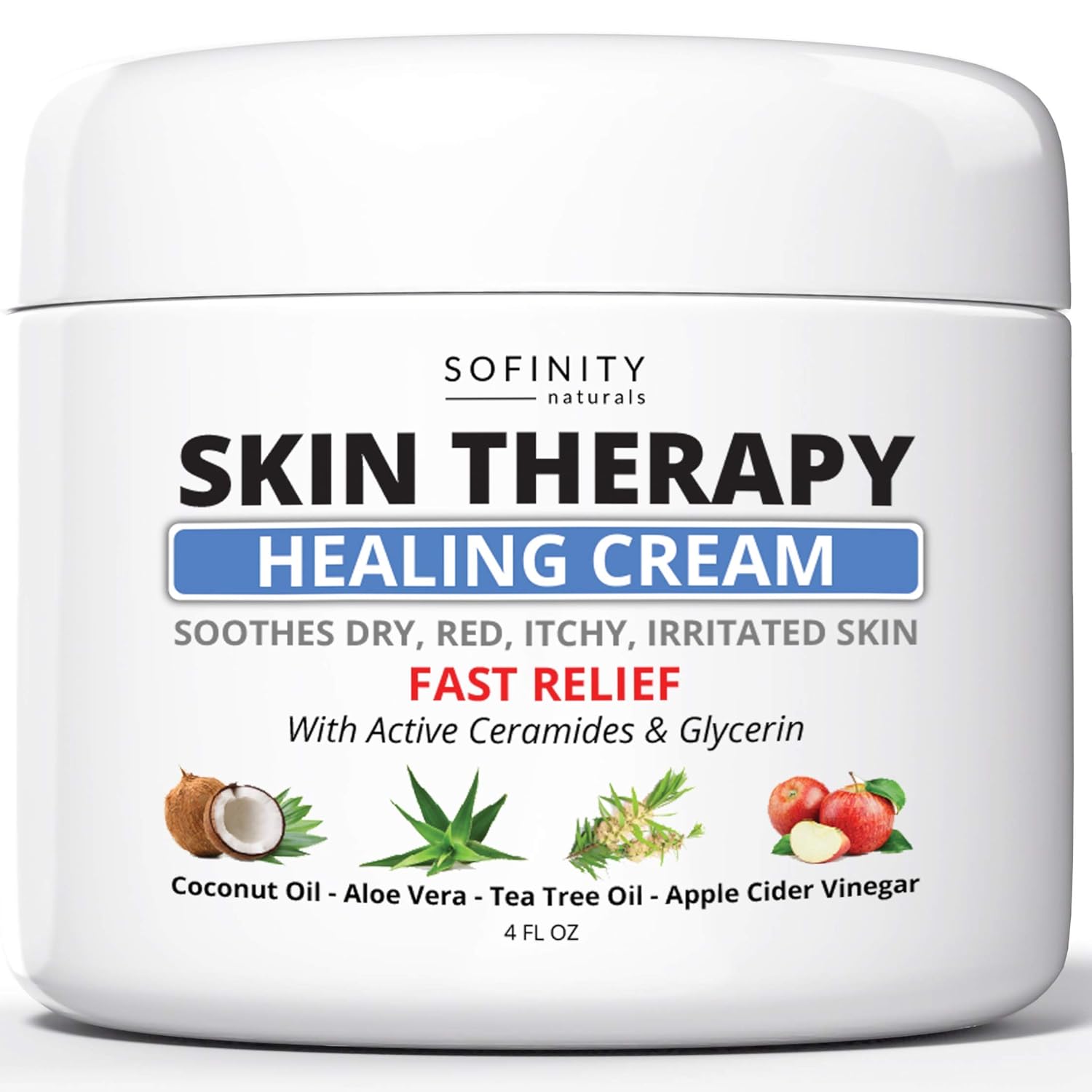 These dermatologists’ tips tell you how to protect your skin.
These dermatologists’ tips tell you how to protect your skin.
Relieve uncontrollably itchy skin
Find out what may be causing the itch and what can bring relief.
Darker Skin Tones
-
Skin care secrets
-
Hair care
-
Hair loss
-
Diseases & Conditions
- Acne
- Dark spots
- Dry skin
- Light spots
- Razor bumps
- Caring for Black hair
- Scalp psoriasis
- Weaves & extensions
- Central centrifugal cicatricial alopecia
- Frontal fibrosing alopecia
- Hairstyles that pull can cause hair loss
- Acanthosis nigricans
- Acne keloidalis nuchae
- Hidradenitis suppurativa
- Keloid scars
- Lupus and your skin
- Sarcoidosis and your skin
- Skin cancer
- Vitiligo
- More diseases & conditions
Featured
Fade dark spots
Find out why dark spots appear and what can fade them.
Untreatable razor bumps or acne?
If you have what feels like razor bumps or acne on the back of your neck or scalp, you may have acne keloidalis nuchae. Find out what can help.
Cosmetic treatments
-
Your safety
-
Age spots & dark marks
-
Cellulite & fat removal
-
Hair removal
-
Scars & stretch marks
-
Wrinkles
-
Younger-looking skin
Featured
Laser hair removal
You can expect permanent results in all but one area.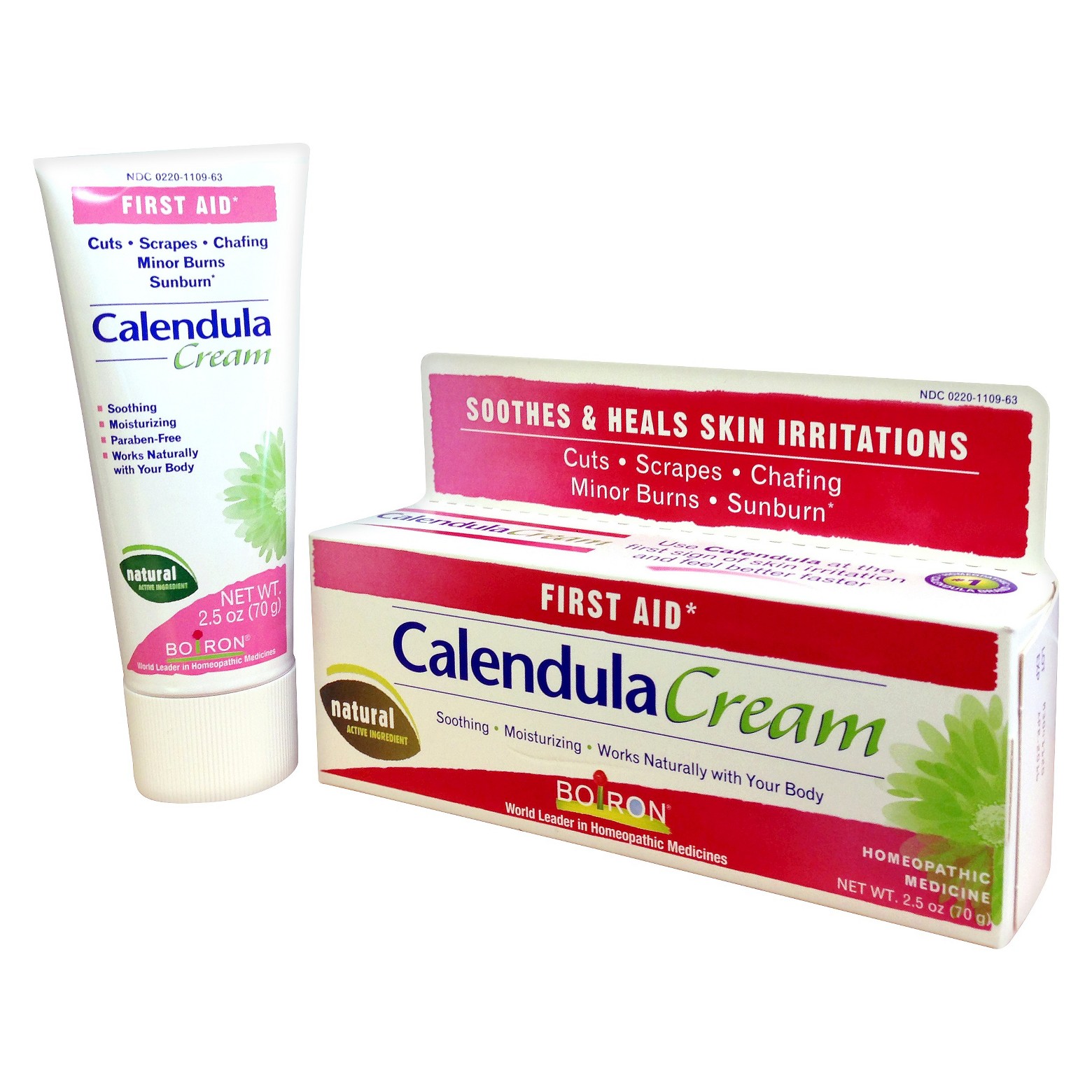 Do you know which one?
Do you know which one?
Scar treatment
If you want to diminish a noticeable scar, know these 10 things before having laser treatment.
Botox
It can smooth out deep wrinkles and lines, but the results aren’t permanent. Here’s how long botox tends to last.
Public health programs
-
Skin cancer awareness
-
Free skin cancer screenings
-
Kids’ camp
-
Good Skin Knowledge
-
Shade Structure grants
-
Skin Cancer, Take a Hike!™
-
Awareness campaigns
-
Flyers & posters
-
Get involved
- Lesson plans and activities
- Community grants
Featured
Free materials to help raise skin cancer awareness
Use these professionally produced online infographics, posters, and videos to help others find and prevent skin cancer.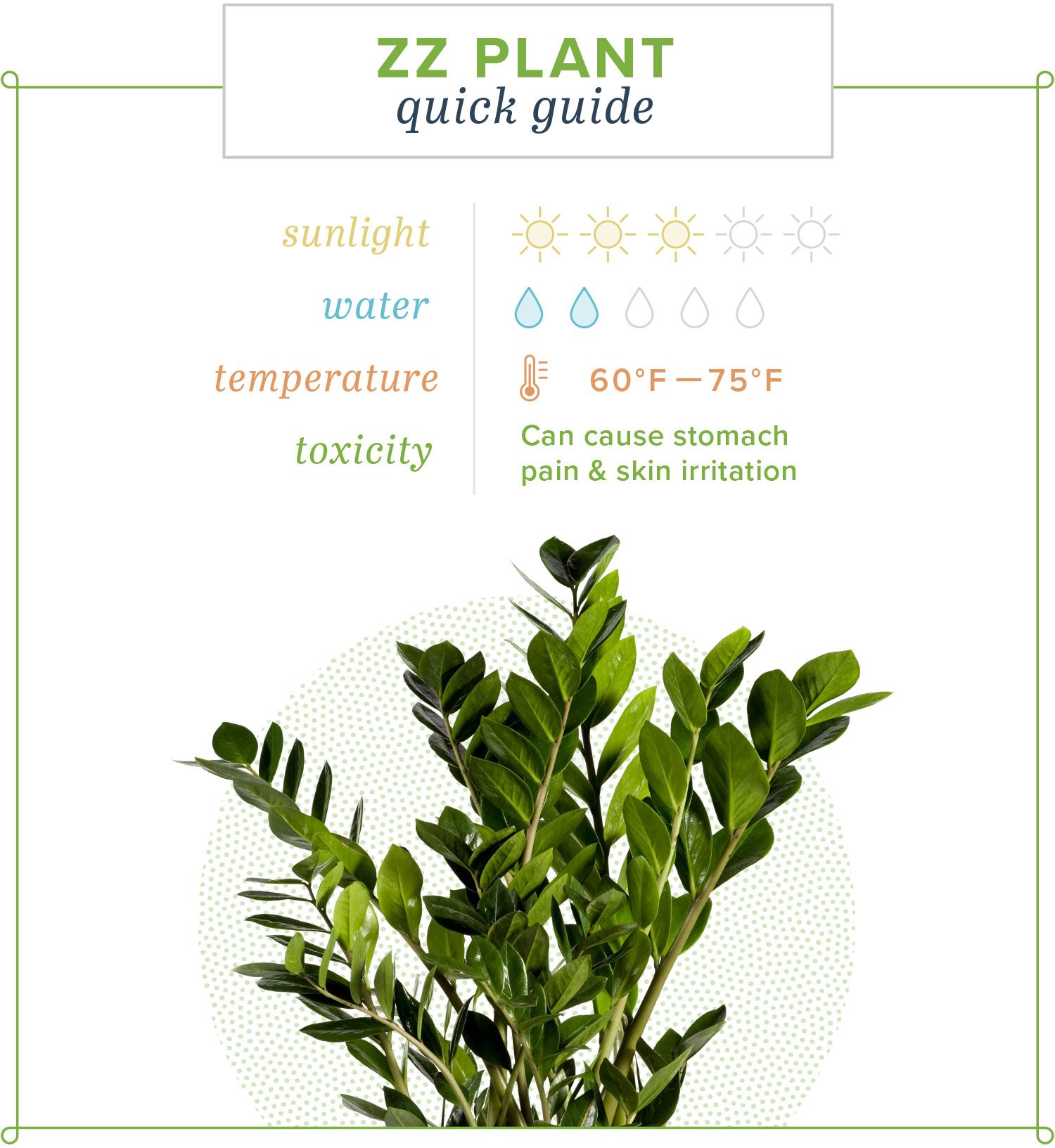
Dermatologist-approved lesson plans, activities you can use
Free to everyone, these materials teach young people about common skin conditions, which can prevent misunderstanding and bullying.
Find a dermatologist
-
Find a dermatologist
-
What is a dermatologist?
-
FAAD: What it means
-
How to select a dermatologist
-
Your digital health
-
Prior authorization
-
Dermatologists team up to improve patient care
- Finding accurate health information
- Health apps
- Wearable medical devices
- Telemedicine
- Protect your information
Featured
Find a Dermatologist
You can search by location, condition, and procedure to find the dermatologist that’s right for you.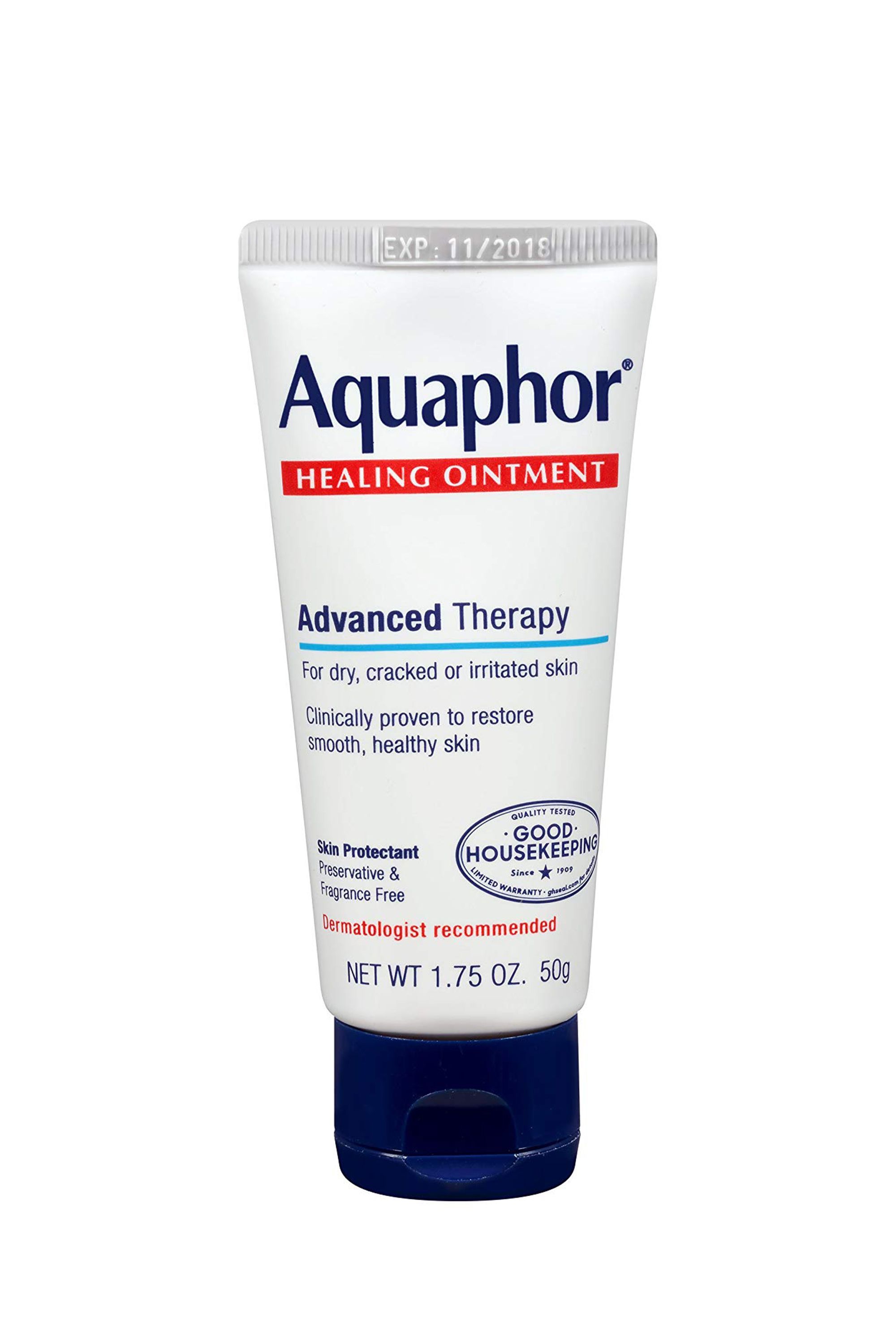
What is a dermatologist?
A dermatologist is a medical doctor who specializes in treating the skin, hair, and nails. Dermatologists care for people of all ages.
Plants harmful to the skin
Maria Zhuravleva, a dermatologist at the DocDeti clinic, prepared an article about plants that can harm.
Many plants are much more dangerous to humans than we think. Poisoning, skin irritation and other undesirable effects can be obtained from contact with flowers, leaves, sap and even roots of certain plants.
For example:
1. The juice of ash-tree and hogweed Sosnovsky contains furanocoumarins, which have phototoxic properties. Getting on the skin, the juice of the plant, under the influence of UV rays, causes burns.
2. Buttercup juice contains ranunculol, which, when it gets on the skin, causes contact dermatitis.
3. The flowers and stems of marigolds contain thiophenes with phototoxic properties (see item 1)
The flowers and stems of marigolds contain thiophenes with phototoxic properties (see item 1)
4. Any part of the castor plant contains ricin, most of all in the seeds of the plant. Juice, getting on the skin causes contact dermatitis, and once inside it can cause acute poisoning.
5. Ivy has poisonous stems and leaves. The sap of the plant causes a severe blistering burn. The consumption of leaves by children or animals leads to acute poisoning.
6. Euphorbia: croton and spurge. The sap of these plants is poisonous. On the skin – leads to severe irritation, once inside causes vomiting.
7. Dieffenbachia juice is very dangerous if it gets into your mouth. This can lead to paralysis of the vocal cords and loss of voice.
8. Primula contains alkaloids that cause nausea and dizziness, and the juice of leaves and flowers – dermatitis.
What measures to take if there was contact with poisonous plants?
- Most importantly, eliminate contact with the irritant, then wash the contact area with plenty of soapy water.

- The juice of some plants (hogweed, ash) contains substances that are activated when they are exposed to UV rays – photosensitizers. Therefore, it is imperative to cover the area from the sun that has suffered from the ingress of juice on it.
At least a week is required to wear closed clothes. If the juice is on your face, then use a hat and a maximum SPF. If possible, you should not leave the house at all.
If dermatitis could not be avoided:
- For redness, irritation, itching, the first line therapy is creams with topical corticosteroids, if the form is mild, then chilled creams and talkers with zinc, calamine will help.
- When blisters appear, try not to touch them, keep them intact for as long as possible (you can bandage them, but be very careful). You can’t burst bubbles! Firstly, it will be painful, secondly, it is possible to allow the accession of a secondary infection.
- If the temperature rises, severe pain, then you can take NSAIDs and contact a pediatric dermatologist.

- If a large surface is affected, hospitalization is possible.
more articles Avoid (Gardening How To)
Most people are familiar with poisonous plants such as sumac, poison ivy, and poison oak. However, some of our most harmless plants are toxic and carry poisons that can cause visible reactions.
There are several types of skin irritants, some of which cause allergic reactions. Geraniums, tomatoes, roses, and even our holiday favorite, the poinsettia, can cause skin irritation.
Not all plants affect all people in the same way. Unfortunately, the best way to figure out what you’re sensitive to is to get in touch with the plant in question and gauge your reaction. Most reactions are not allergic in nature, but are the result of mechanical or chemical damage..
Garden plant irritants
Mechanical damage that causes skin irritation results from jagged edges, thorns, stinging hairs and other objects that can penetrate or scratch the skin.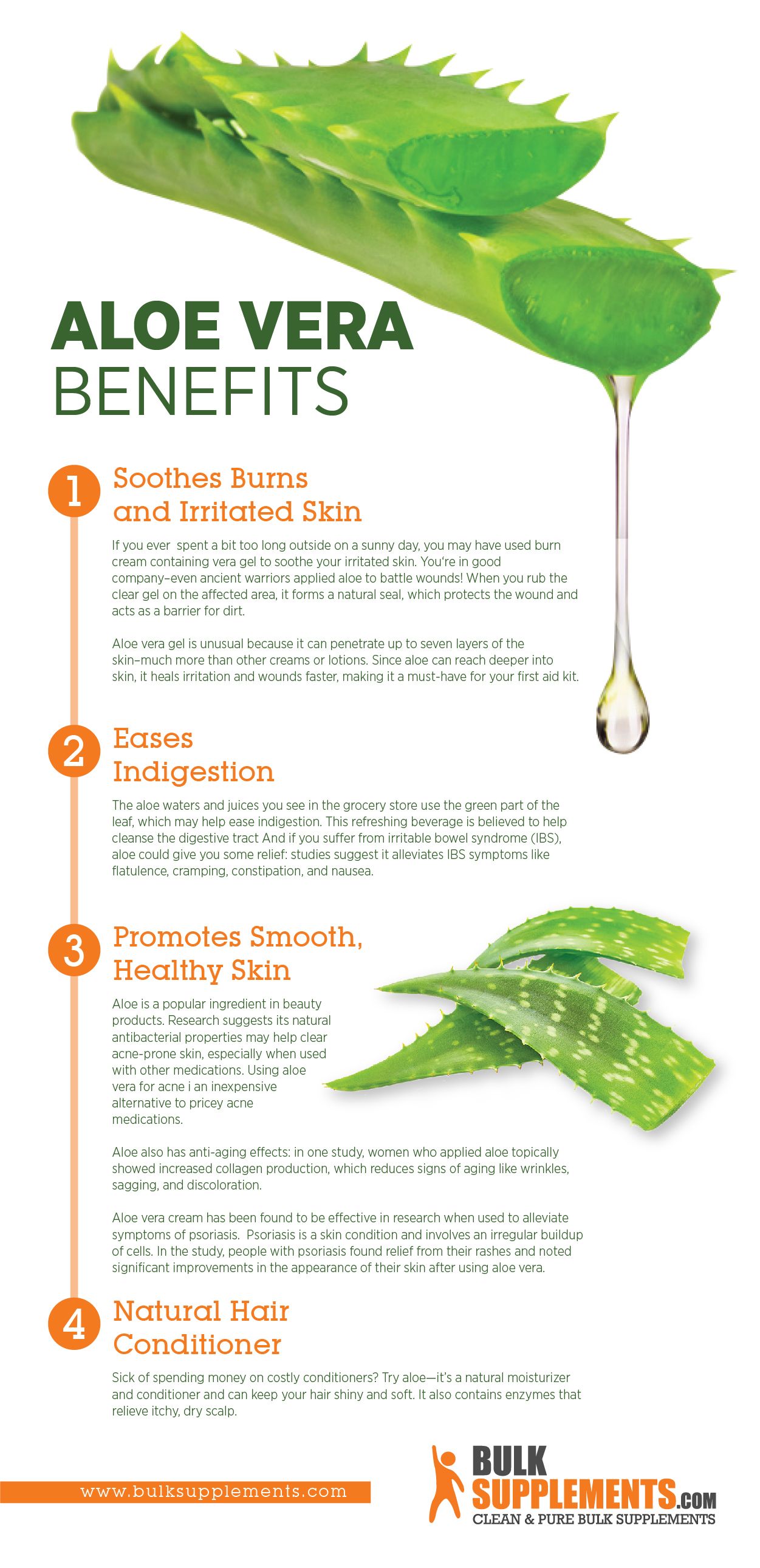 They deliver the toxin to the tissue, which, when combined with the wound, causes a reaction.
They deliver the toxin to the tissue, which, when combined with the wound, causes a reaction.
Chemical injury is inherently topical and occurs in plants such as spurge, which have a latex-based sap that causes sensitivity in some people..
There are also horticultural irritants supplied in a combination of two methods. In addition, phototoxic plants carry toxins that are not harmful until they are exposed to the sun. This group of skin irritating plants includes carrots and even celery. Wear long sleeves, pants, and gloves when touching is necessary. In extreme cases, you should also wear safety goggles.
Get educated on toxic plants. Even some bulbs, such as onions, garlic, tulips, and daffodils, can cause skin reactions, so it’s wise to have at least hand protection when gardening.
How to avoid contact poisoning
Information is critical to understanding how to avoid contact poisoning. The more you are aware of the types of toxicity in the landscape, the better you will be able to avoid them.


